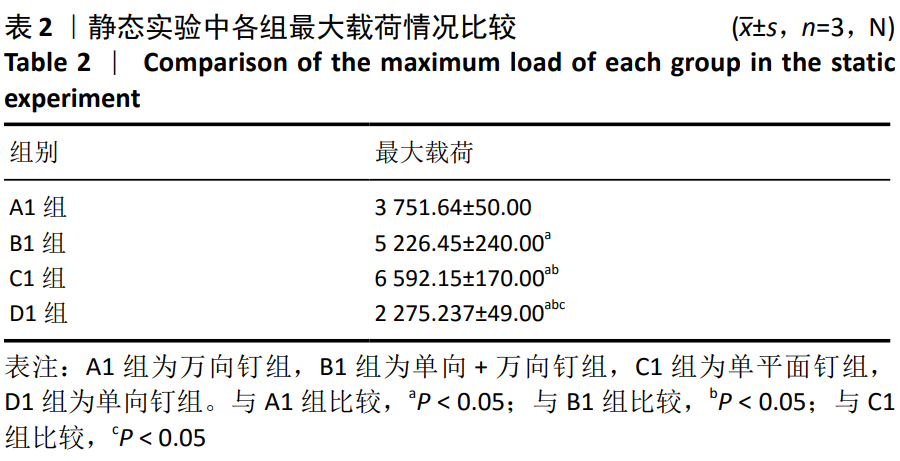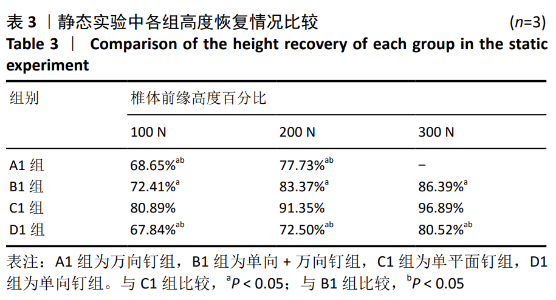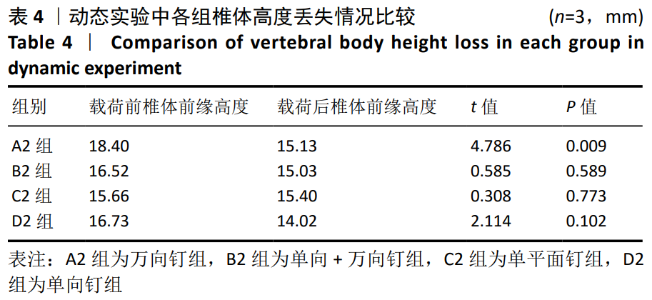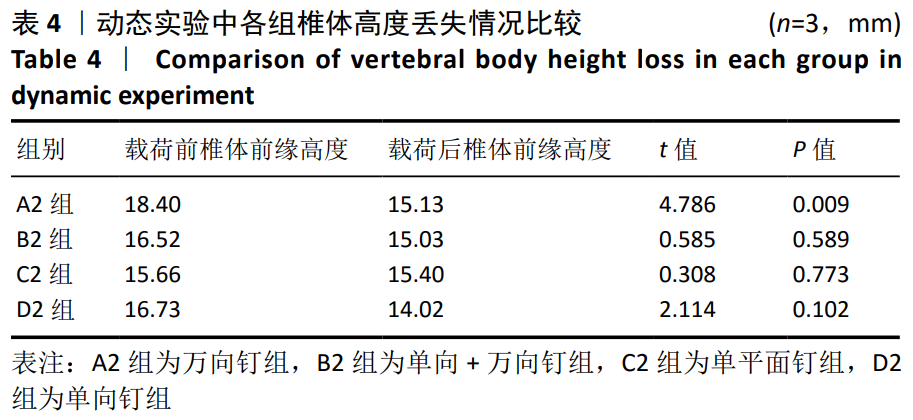| [1] |
中国医师协会骨科医师分会,中国医师协会骨科医师分会《成人急性胸腰段脊柱脊髓损伤循证临床诊疗指南》编辑委员会. 中国医师协会骨科医师分会骨科循证临床诊疗指南:成人急性胸腰段脊柱脊髓损伤循证临床诊疗指南[J].中华外科杂志, 2019,57(3): 161-165.
|
| [2] |
ABUDOU M, CHEN X, KONG X, et al. Surgical versus non-surgical treatment for thoracolumbar burst fractures without neurological deficit. Cochrane Database Syst Rev. 2013;(6):CD005079.
|
| [3] |
姚羽,薛华伟,赵剑等.腰椎皮质骨通道螺钉固定系统的生物力学实验[J].中国组织工程研究,2017,21(3):362-366
|
| [4] |
LIU L, GAN Y, ZHOU Q, et al. Improved Monosegment Pedicle Instrumentation for Treatment of Thoracolumbar Incomplete Burst Fractures. Biomed Res Int. 2015;2015:357206.
|
| [5] |
PANJABI MM, KIFUNE M, WEN L, et al. Dynamic canal encroachment during thoracolumbar burst fractures. J Spinal Disord. 1995;8(1):39-48.
|
| [6] |
叶斌.单平面椎弓根螺钉生物力学研究及在胸腰椎骨折复位治疗中的应用[D].西安:第四军医大学, 2017.
|
| [7] |
聂锋锋,张英华,黄寿国.经皮微创椎弓根螺钉内固定与开放手术治疗胸腰椎骨折:Cobb 角与椎体前缘高度恢复的比较[J].中国组织工程研究,2014,16(44):7094-7099.
|
| [8] |
SUN C, GUAN G, LIU X, et al. Comparison of short-segment pedicle fixation with versus without inclusion of the fraeturr level in the treatment of mild thoracolumbar burst fractures. Int J Surg. 2016; 36(Pt A):352-357.
|
| [9] |
PISHNAMAZ M, SCHEMMANN U, HERREN C, et a1. Muscular changes after minimally invasive versus open spinal stabilization of thoraco-lumbar fractures: a literature review. J Musculoskelet Neuronal Interact. 2018;18(1):62-70.
|
| [10] |
MCANANY SJ, OVERLEY SC, KIM JS, et al. Open Versus minimally invasive fixation techniques for thoracolumbar trauma: a meta-analysis. Global Spine J. 2016;6(2):186-194.
|
| [11] |
LIU L, GAN Y, ZHOU Q, et al. Improved monosegment pedicle instrumentation for treatment of thoracolumbar incomplete burst fractures. Biomed Res Int. 2015;2015:357206.
|
| [12] |
李锦华,周鹰飞,赵宙,等.经伤椎和跨伤椎内固定治疗不同程度胸腰椎骨折[J].脊柱外科杂志,2019,17(4):252-256.
|
| [13] |
宁广智,吴强,张蒂,等.胸腰段脊柱骨折手术治疗的研究进展[J].中华创伤杂志,2017,33(1):43-46.
|
| [14] |
黄中飞,陈远明,陈科,等.伤椎置钉治疗AOA3.3型胸腰椎爆裂骨折的生物力学特征[J].中国组织工程研究,2017,21(35):5673-5678.
|
| [15] |
裴葆青,师振鹏,王唯,等. 后路固定术治疗胸腰椎爆裂骨折的生物力学研究[J].中国生物医学工程学报,2017,36(6):718-726.
|
| [16] |
邱大权,张文志,李旭,等.经皮单平面螺钉微创治疗胸腰椎骨折的临床疗效研究[J]. 颈肩腰腿痛杂志,2017,38(1):9-13.
|
| [17] |
SAIT A, PRABHAV NR, SEKHARAPPA V, et al.Biomechanical comparison of short segment posterior fixation including the fractured level and circumferential fixation for unstable burst fractures of the lumbar spine in a calf spine model. J Neurosurg Spine. 2016;25(5):602-609.
|
| [18] |
张贵春,张科,陈晨,等. 单侧或双侧伤椎置钉治疗胸腰段爆裂骨折的比较[J]. 实用骨科杂志,2017,23(4):289-292.
|
| [19] |
陈贞庚,郑晓晖,涂致远,等.经伤椎椎弓根螺钉固定技术在79例胸腰椎骨折中的应用初步经验[J]中国矫形外科杂志,2013,21(14): 1450-1453.
|
| [20] |
NORTON RP, MILNE EL, KAIMRAJH DN, et al. Biomechanical analysis of four- versus six-screw constructs for short-segment pedicle screw and rod instrumentation of unstable thoracolumbar fractures. Spine J. 2014;14(8): 1734-1739.
|
| [21] |
张文志,邱大权,李旭,等.经皮单方向螺钉联合伤椎万向钉固定治疗胸腰椎骨折的疗效评价[J].中国修复重建外科杂志, 2018, 30(5):569-574.
|





